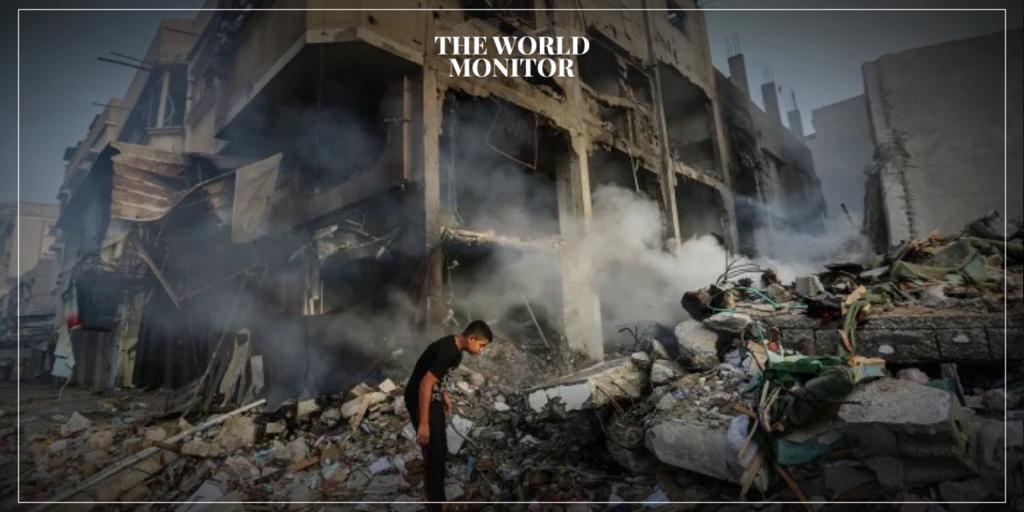Adrienne Watson, spokesperson for the U.S. National Security Council, recently confirmed that no agreement has been reached regarding a ceasefire in Gaza.
This statement contradicts earlier reports of a potential deal brokered by Qatar between Israel and Hamas.
The proposed deal, reported by The Washington Post, suggested a five-day ceasefire in exchange for the release of over 50 hostages.
Watson’s announcement underscores the ongoing efforts of the U.S. to facilitate a resolution between the conflicting parties.
The backdrop of this development is a period of heightened tension and violence in the region.
A significant event that escalated the conflict was an attack by Hamas militants on October 7, leading to the death of 1,200 people and the taking of 240 hostages, as reported by Israeli sources.
In response, Israel has vowed to dismantle Hamas and has been preparing to intensify its military operations, especially in southern Gaza.
This escalation followed airstrikes that resulted in numerous Palestinian casualties, including civilians.
The situation in Gaza remains volatile, with the death toll reported by authorities in the Hamas-controlled region reaching 12,300, including 5,000 children.
The ongoing conflict, now in its seventh week, has seen both sides suffer heavy losses, exacerbating the humanitarian crisis in the region.
This scenario reflects the complexity and challenges in achieving a lasting peace agreement between Israel and Hamas.
The U.S. continues to play a pivotal role in mediating talks, with the aim of de-escalating tensions and establishing a sustainable ceasefire.
However, the path to peace remains fraught with obstacles, as evidenced by the lack of consensus on a ceasefire agreement.
The situation in Gaza underscores the need for continued international attention and efforts to resolve a conflict that has deep historical roots and significant geopolitical implications.






